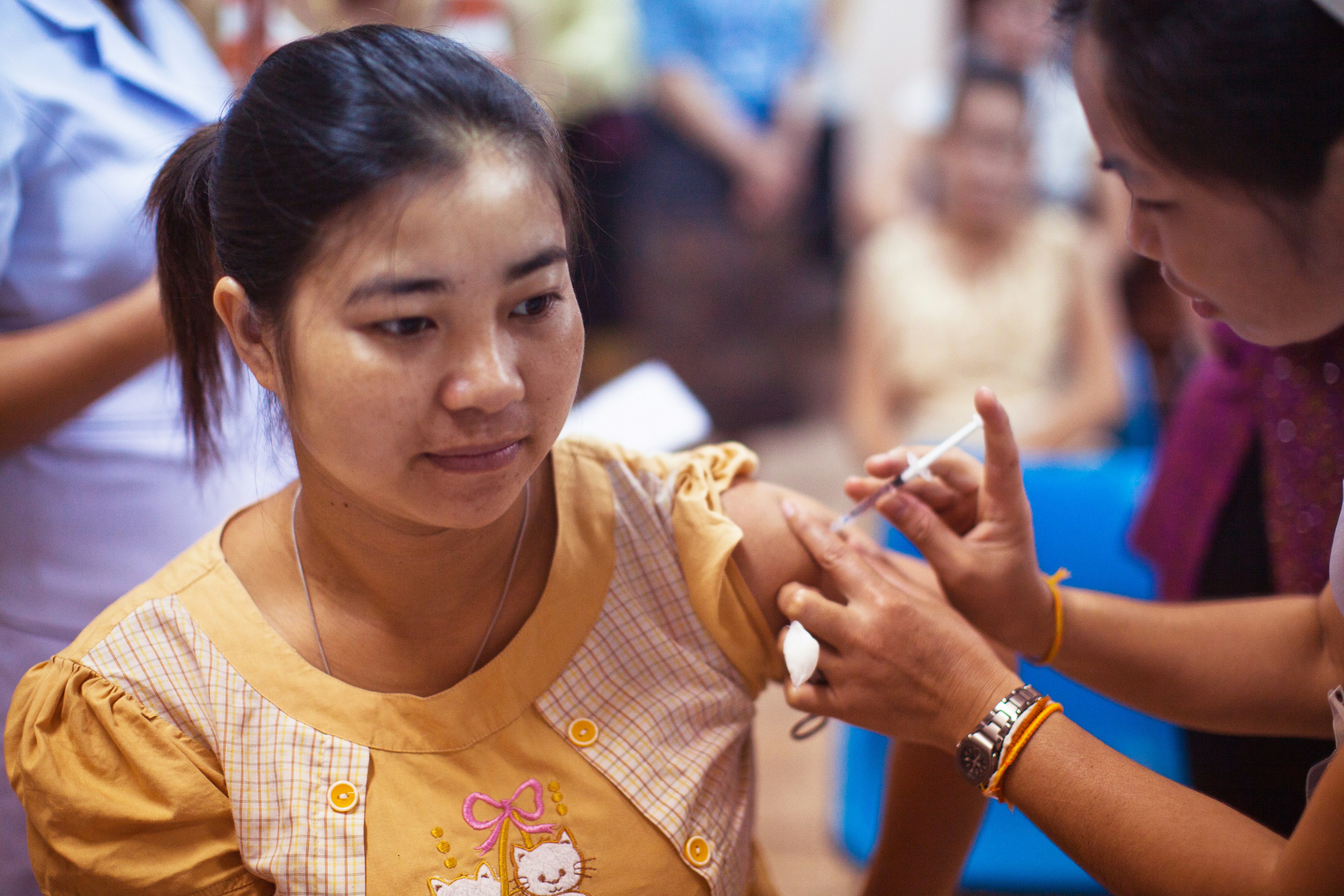Media release
From:
Vaccines are important for controlling infectious diseases, yet rarely offer perfect protection. Clinical trials determine vaccine efficacy at a population level, but mathematical models used to predict vaccination impacts require specifying how vaccines fail at the individual level, which is hard to measure. Does 90% efficacy imply full protection in 90% of those vaccinated and no protection in 10% (“all-or-nothing”), or that risk is reduced by 90% in all vaccinated individuals (“leaky”), or somewhere in between? Here we show that this modeling choice can significantly impact model predictions and affect decisions about optimal vaccine allocation.



 International
International



